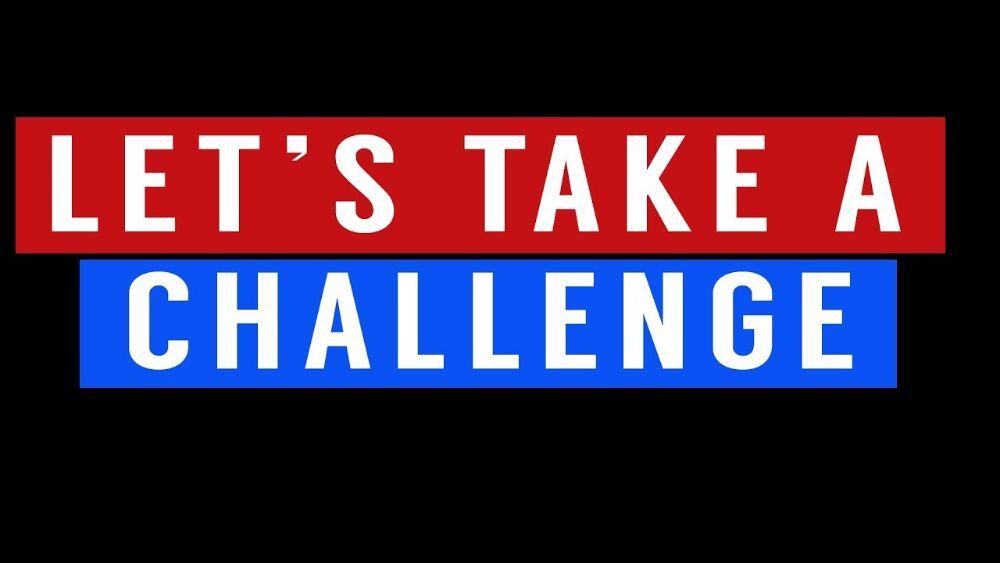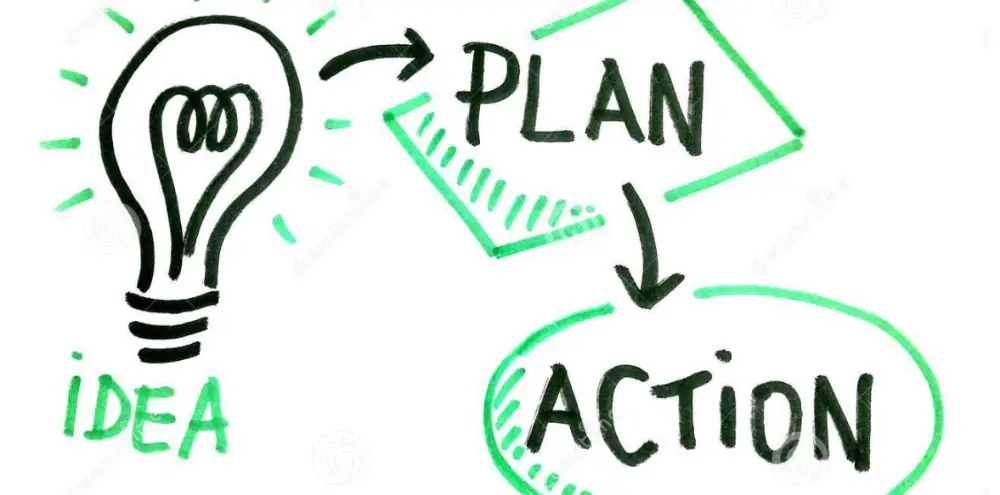12 Tips to Help Designers with Overnight Projects
Working in the creative sector is exciting and fun, but sometimes it gets equally challenging and nerve wrecking. Every project comes with a specific deadline, and as a graphic designer, there is some pressure mixed with tons of excitement for all the projects. Sometimes, while you are handling multiple tasks at the same time, it is self-evident that you get to work with short deadlines or lack time management. But at times, you even have to deliver a project the next morning, and shortage of time can also not be a quality factor. Almost every designer experiences this kind of situation once in a while, it is a prevalent issue, but it is avoidable with the help of some management skills. Working in a limited period with the immense pressure of a deadline, quality management, and credibility can be difficult to maintain. It can be an unpleasant experience that every designer wants to avoid. And to help you with that, we’ve put together 12 most useful tips to help you with your overnight design projects.
1. Relax and analyze:
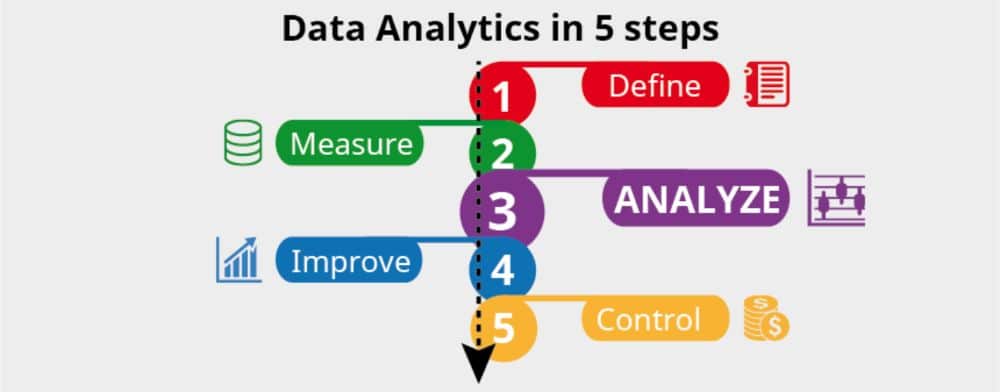
That initial point of nervousness due to the deadline and project length can make your work even more difficult and disturbing. It may seem impossible to achieve, but you still have to submit your project the next morning. So first, try to relax and take a brief look at the data that you have. Just analyze all the aspects you can, like what the project is, measure your ability, and how time-consuming it might be. Also, determine how many hours ideally you require to complete this, all the details of client requirements, and the efforts you need to put in to achieve this. This is a fundamental first step, especially when you are confused about where to start.
2. Take it as a challenge:
Our second tip is that if you are considering a project as a task or as work that you are responsible for doing, you are very likely to miss the excitement and fun part of designing. On the other hand, you can see it as a challenge that can boost your confidence and make your working style a lot better and faster. You can also set a personal reward for yourself, be it a small pastry or a pair of shoes you were dreaming of buying. It can work as an excellent remuneration technique, and you can quickly help yourself get motivated to achieve this before the time is up. Studies have shown that the human brain is designed to work better under pressure. Pressure creates urgency and stress for us, and we always try to do our best in every situation. And hence, short deadlines can also work as a catalyst and help you understand the abilities that you are unaware of. You already know that you have limited time to focus on work and remove all the distractions that can block your way to complete this challenge.
3. Go through the client’s brief and overview:

Now it’s time to check what the whole project is in detail. This is the first stage of the task where you are reading and checking the client’s overview and brief related to the concept. Here you should understand all the necessary information that he wants to showcase. You are not supposed to miss any single detail mentioned because it is the whole outline of the project with the core information like how the client is thinking, what are his perspective and expectations and how you are supposed to deliver this to him. You can get your basic ideas from this. It can act as a necessary foundation in your project on which basis you can deliver satisfactory results with your creativity and ideology.
4. Do your research:

After understanding the brief, you need to do your research to collect data for your project. Now what kind of research you should do and what data you require to complete the project entirely depends on the project itself, the company’s industry, and the respective client. But some basic research is the same in almost every case like the background and history of the company, latest industry trends and overall market trends, competitor’s approach and styles, your fellow graphic designer’s work, etc. you should do your research as per your thoughts and knowledge and combine them to fuel your brain in order to create the overall idea and concept for the project.
5. Management of time and task:
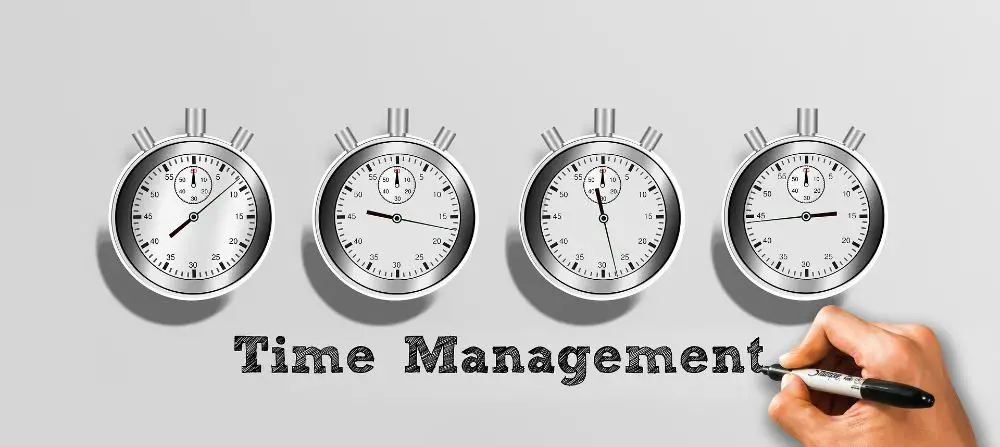
When you have limited time to complete your project and don’t want to deliver any less quality to your client, it is highly recommended that you manage all the tasks and your time correctly. You have to count all the things you need to do, and all the time you have to do it. According to priorities and your skills, speed, and style, you should give different weights to all the hours left with you. You can divide the whole process into three major parts like research and concept finalization part, the actual work and implementation part, and the last review and retouching part. Going with a pattern like this, you can create a beneficial habit of working more professionally. Organizational skills do your work very well managed and neater, and eventually, all the results you deliver can become the reflection of it.
6. Sketch before you make:
This one is just a small and straightforward tip; in any graphic designing project, designers use multiple tools, techniques, and software. But making a rough sketch of a final output before you directly start working in your system is not very time-consuming. When you have tight deadlines, making a rough and small sketch first helps you take a look on paper at how your idea can look at the end. Sometimes what you imagine and what you create can go in different directions, but putting your imagination on paper first can help you to improve or revise your idea if needed. If there are any points that you are entirely missing, then they can quickly become visible on paper, and by this, you can save your time and energy from getting wasted in short deadlines.
7. Take a reference:
It is entirely okay to take a reference, and there is no rule that all projects must be based on your own ideas only. It does not mean that you are allowed to copy someone else’s work, but it merely means that you can take inspiration from your fellow graphic designers. Sometimes working on an overnight project, the stress and the urgency can block your mind from creating ideas, and at that time, it is highly possible that a fresh new idea can pop up in your head after looking over some great inspiration works. It is a simple and useful tip to get over your creative blockages, and it can help you deliver your project before morning and that too, with your unique creativity.
8. Have a look at your own work up till now:
Keeping a mental record of your work is a secret tip to nurture your creativity. When you are working under pressure, sometimes your creativity can get shrunk, and you feel like your brain cannot churn out any new ideas. At that time, you can take a quick look over all your past works. They all are your creations, and they all have your ideas and vision, so when you are out of ideas, this can help you to open doors of your treasure of creativity, you can create something out of it, or you can take few ideas from multiple projects and create something different out of it.
9. Take a small coffee break:

Yes, taking a break is the most important tip we can give out. Under the pressure of completing a project within a timeline, you might not even think about taking a break, but you should. Your few minutes away as a break can offer a lot of benefits to your project. Have some coffee or tea, listen to some music, and then come back again to your desk. After continually working on the same project, your brain and vision can get limited to that screen only. But after taking a break, you can notice small mistakes that were invisible to you before, and it can save your project from those errors in the end.
10. Review your work:

After finishing up with the project, you should not hurry to submit it just right after that. Relax and check your project with a sharp eye. It depends on the time you are left with but while deciding time management, make sure you keep some minutes for this part as well. Because reviewing your project before the client can help you make your creation even more perfect. Just remember all the aspects that you have considered in the first place and make some fair calculation of how much you have achieved at the end. Your concept, idea, and final look should match your expectations as well as the client’s expectations, so be your critic first and check all the details bluntly. This can eventually make you a perfection-oriented graphic designer.
11. Final touch:
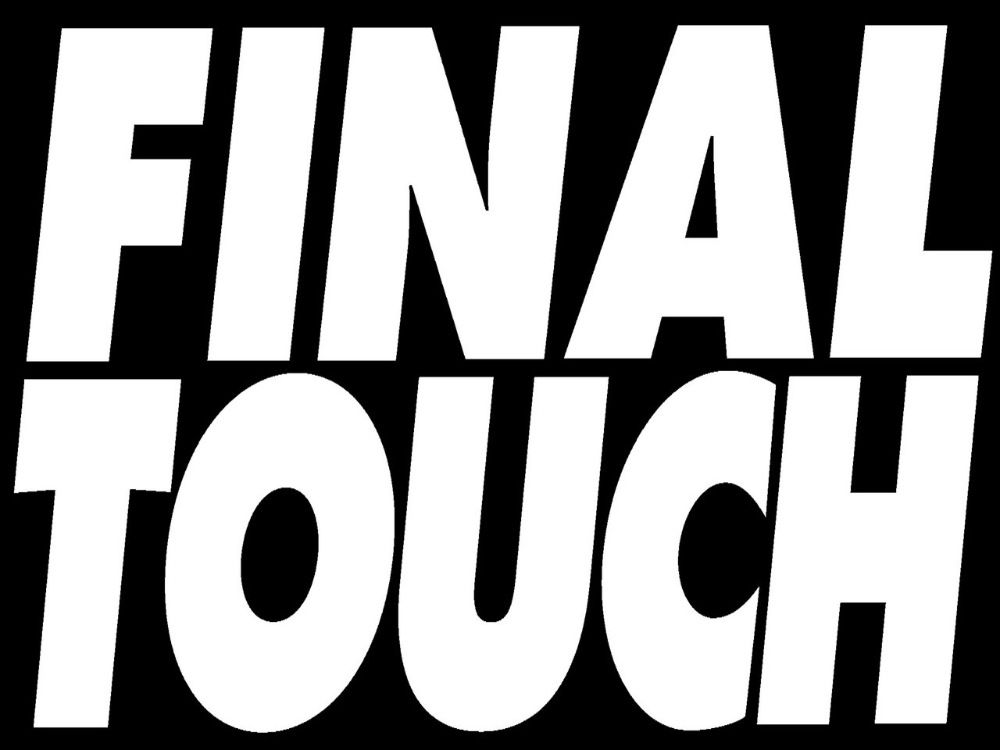
A small tip can make your creation a little bit more beautiful. Before sending it to the client, give your own kind of a final touch, something that only you do in your projects, something that defines your style. It can be anything that can eventually become your identity as a designer. Many designers have their style, a small signature graphic or own kind of format, or pattern of displaying and presenting the project. It can be anything that you choose as your signature touch through which clients can easily remember you and your art.
12. Submit with a free mind:

In the end, only one thing is left to do, and that is submitting your project. As per your opinion, you can decide whether you have completed this critical challenge or not, but now it is time to let the client decide. So, in the end, it’s only you and your creation, consisting of all your hard work, stress, brainstorming, restlessness, and time. Hence, do not overthink and try to ruin it. Submit the project and take some relaxing and fresh air. Once your project gets approval, you can enjoy that rewarded happy moment fully. But, if you get some rework, you can do it with all the new energy and creativity.
Conclusion
Creativity is an art of the brain; we create what we see, what we perceive, and how we feel in our unique way. Sometimes we can feel like going out of ideas, especially in the pressure of deadlines. It can be challenging and pressurizing for our brains, but nervousness and stress can make the process even slower. By following the tips mentioned above, you can make your work stress-free and time-saving. After practicing these suggestions for a more extended period, you can train your brain in a seamless pattern, which can change your whole process of working, and as a result, you can achieve your desired set of results and goals.
